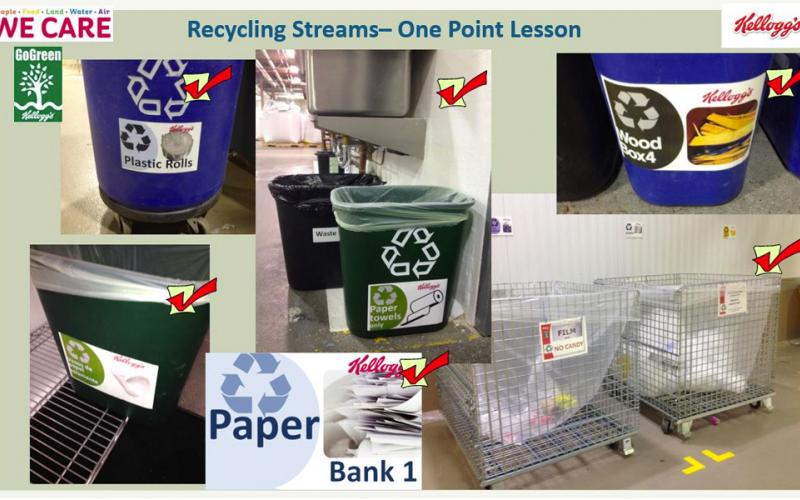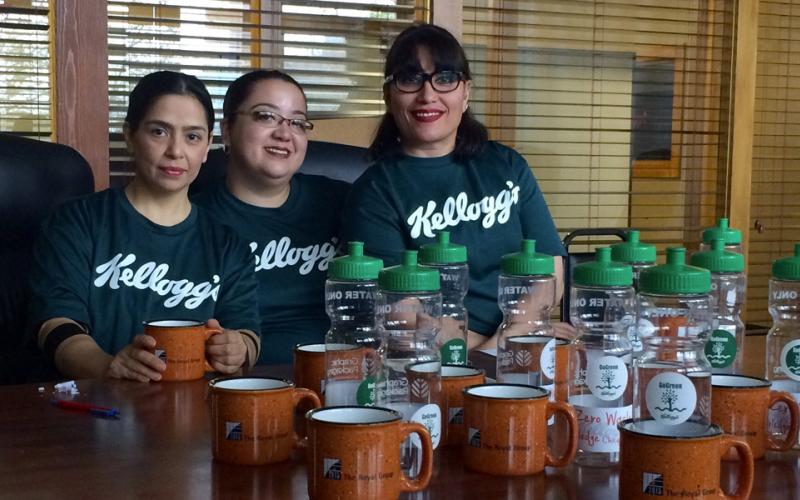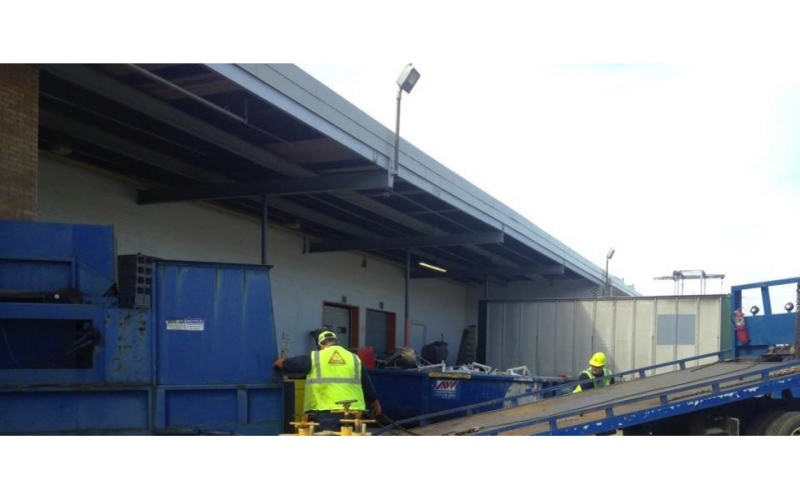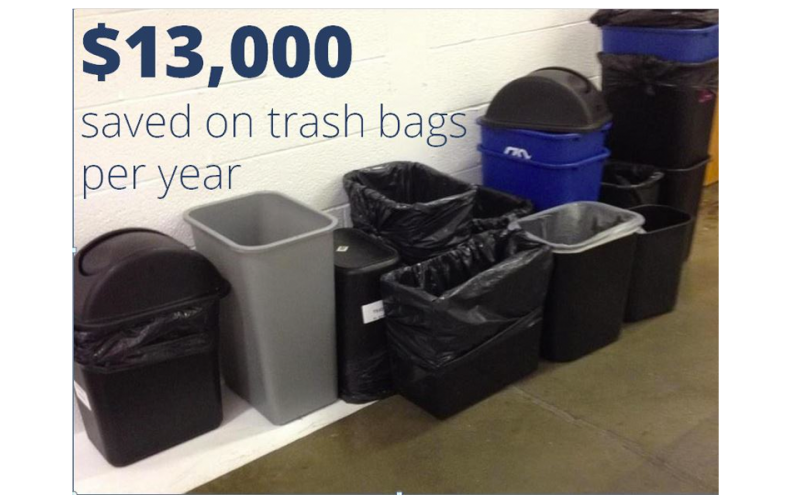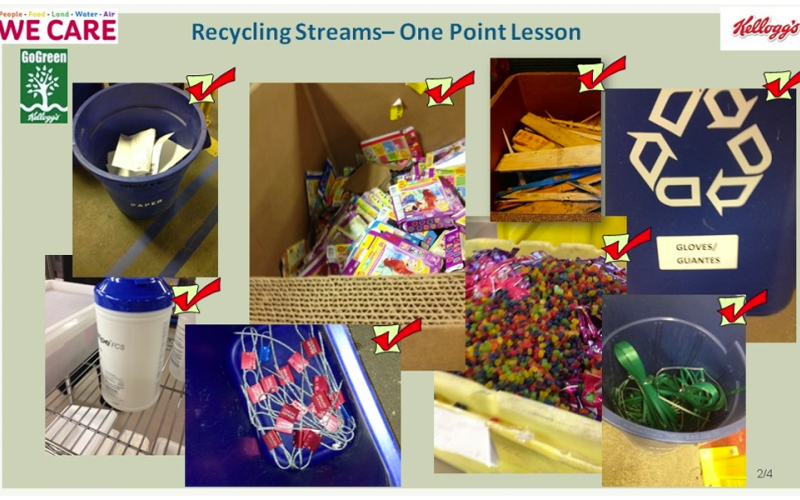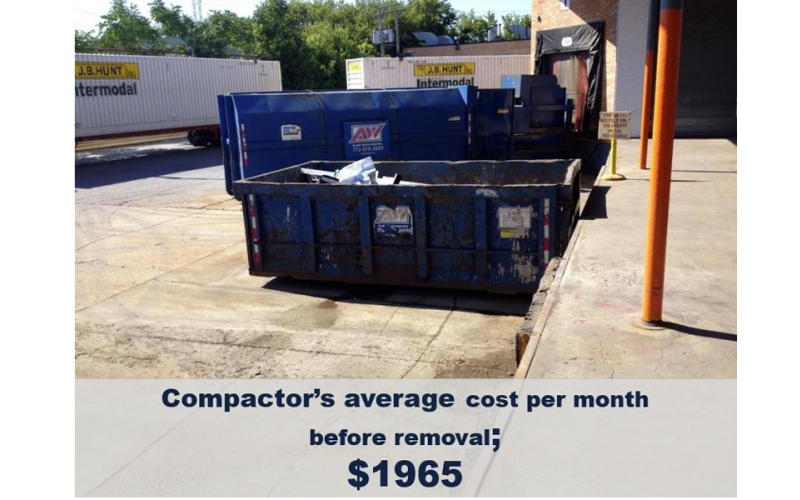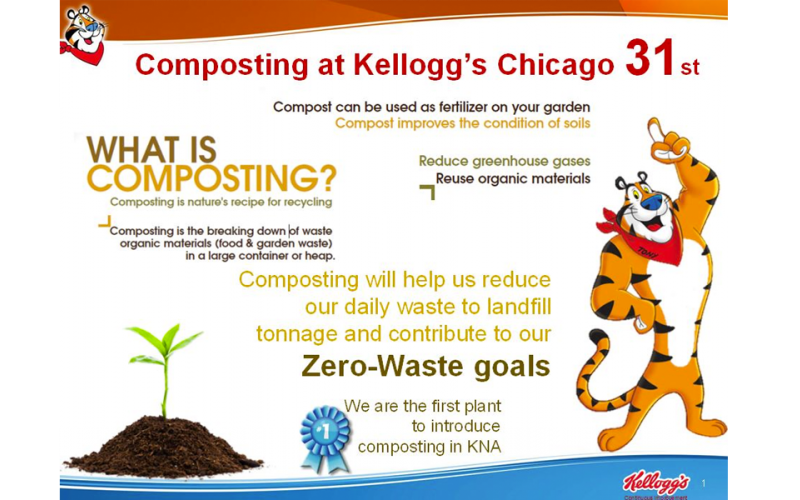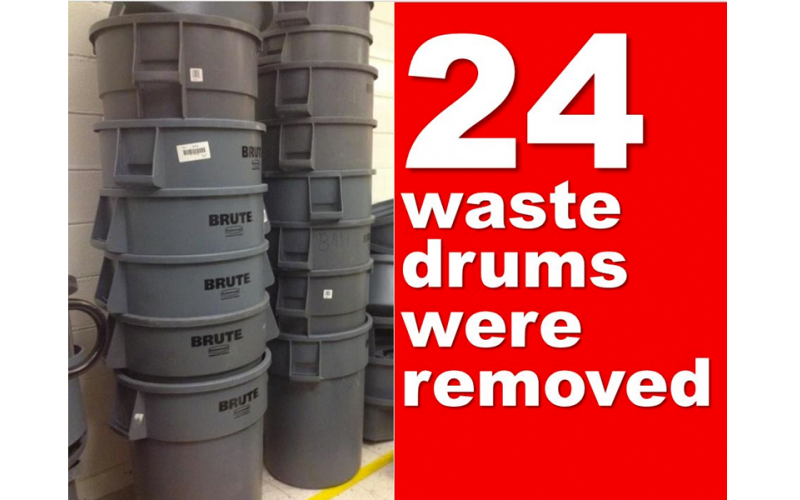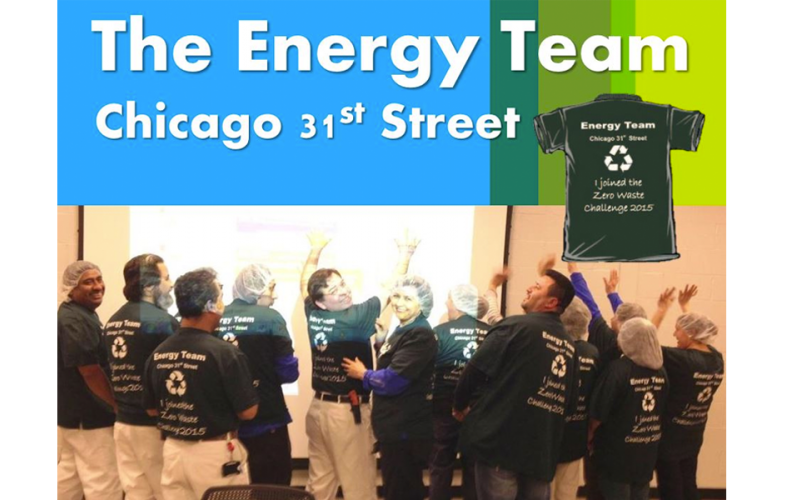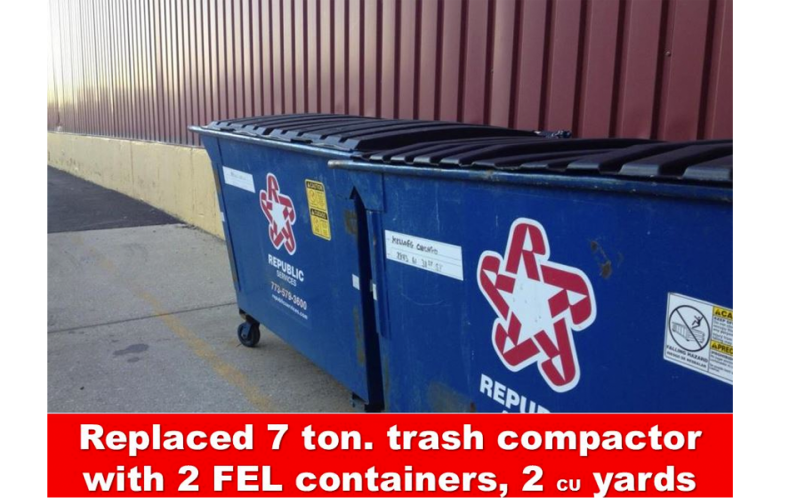Late in 2013, our green team realized there were plenty of opportunities for improvement on our waste to landfill streams. At the time, we were averaging up to 30 tons of trash to landfill per month with a diversion-from-landfill rate below 50 percent. Initially, we set out to find recycling streams by dumpster diving, and we found nearly a dozen of them, such as wood scrap from pallets, film waste from our food pouches, food scraps, paper towels, PET plastic and etc. We then challenged our waste management partners to find proper ways for recycling our waste. We also involved our hourly and salary employees (300 of them) by asking them to look for ways to reduce the amount of waste generated throughout our entire fruity snack manufacturing operation—from molding of the candy, to packaging, to warehouse, all with the objective of redesigning our waste flow.
Many of these employee’s ideas were implemented and we started seeing results immediately. Within 6 months, we were able to improve on our diversion rate by 31 percent. After one year, we had our seven-ton trash compactor removed and replaced with two small two cubic yard front end loaders, we removed 32 trash gondolas and 55 gallon trash containers from throughout our facility and we phased out all five of our 20 cubic yard open top trailers that handled trash in our yard. Every location generating waste in our facility now has different small containers for the various waste streams generated, which are now redirected to the different recycling streams.
Although we have faced many challenges during the last 3.5 years, our zero waste to landfill approach has helped us reduce the cost of our waste management program by almost 80 percent. Our focus has now shifted to reducing the amount of waste generated on the front end, as well as implementing reuse systems for transportation and storage. For example, we have reduced the size of our finished goods packaging by 21 percent, and many of our conveyors have been updated to eliminate food waste.
As a direct result of all of the zero waste policies and practices we’ve employed, we were able to receive TRUE Zero Waste certification for our facility by reaching a diversion rate of 95.5 percent over the last 12 months. We have also committed to spreading these practices to our other facilities.

